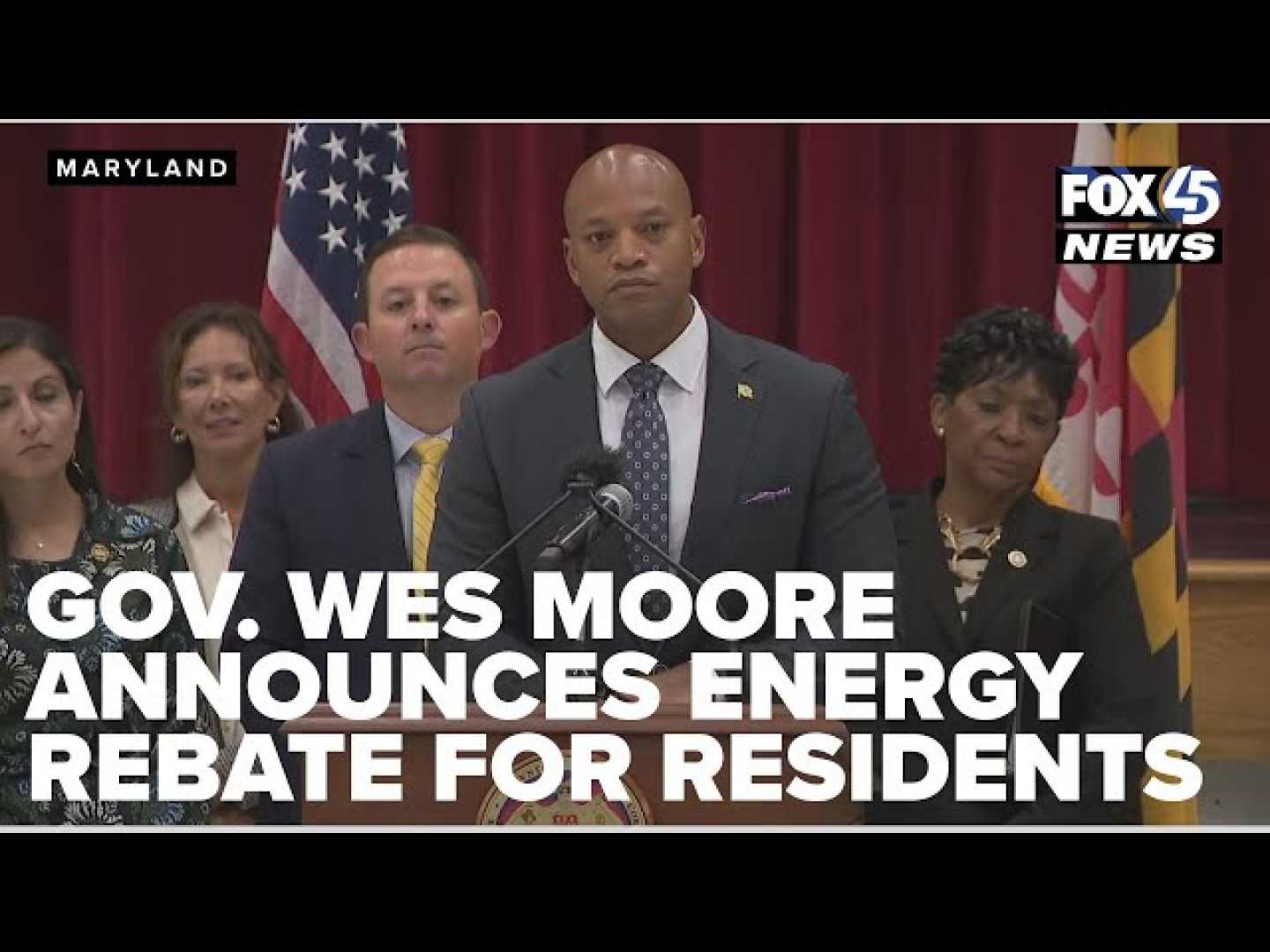Business
Maryland Announces $200 Million Energy Relief for Residents

RANDALLSTOWN, Maryland — On September 22, 2025, Governor Wes Moore joined state lawmakers at the Randallstown Community Center to unveil a significant energy assistance program for Maryland residents. The initiative aims to provide $200 million in direct rebates to help offset rising energy costs.
The rebates stem from the Next Generation Energy Act, which became effective on July 1. According to officials, every Maryland household will receive two credits—approximately $40 per utility bill—as a means to reduce expenses related to energy consumption.
“Marylanders need relief now — not next month, not next year, Marylanders need relief right now. It is fair, it is justified, and it is overdue,” Moore stated. He emphasized the urgency of the issue, noting the frustration expressed by constituents regarding high utility rates.
Senate President Bill Ferguson explained that the first rebate is expected to arrive as summer ends, followed by another credit during the winter months when heating costs typically rise. “This is real tangible relief for millions of families. It’s not a tax break for a few,” Ferguson said.
Despite the positive remarks from Democratic leaders, the announcement faced criticism from Maryland Senate Republicans. Senate Minority Leader Steve Hershey dismissed the plan as inadequate, arguing that it simply redistributes ratepayer money instead of addressing the root causes of soaring energy costs.
“Governor Moore isn’t giving out relief — he’s just recycling ratepayer money Maryland families already paid on their utility bills,” Hershey said in a statement. His concerns were echoed by other Republican leaders who highlighted the need for more substantial solutions rather than temporary measures.
House Speaker Adrienne Jones also voiced support for the initiative, framing it as a vital step toward a more affordable Maryland. “These aren’t just economic issues, but issues of fairness,” Jones said, underlining the impact on low-income families and seniors.
The announcement arrives after more than 156,000 applications for energy assistance were received last fiscal year, indicating a growing demand. With the program set to launch, households can expect their first credits to appear on utility bills in the coming months, with rebates determined by prior electricity usage.
As the state navigates the complexities of energy affordability, officials continue to advocate for both immediate relief and long-term strategies for improving Maryland’s energy infrastructure.












